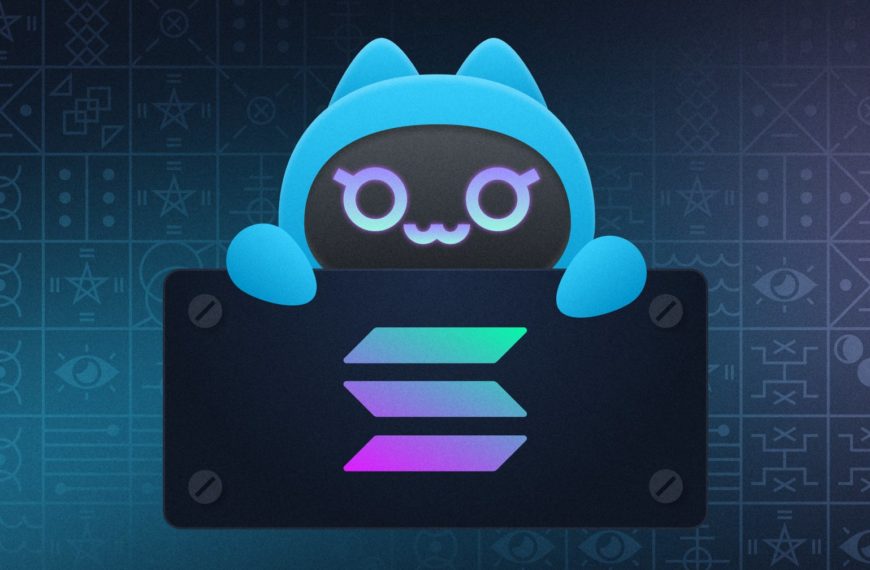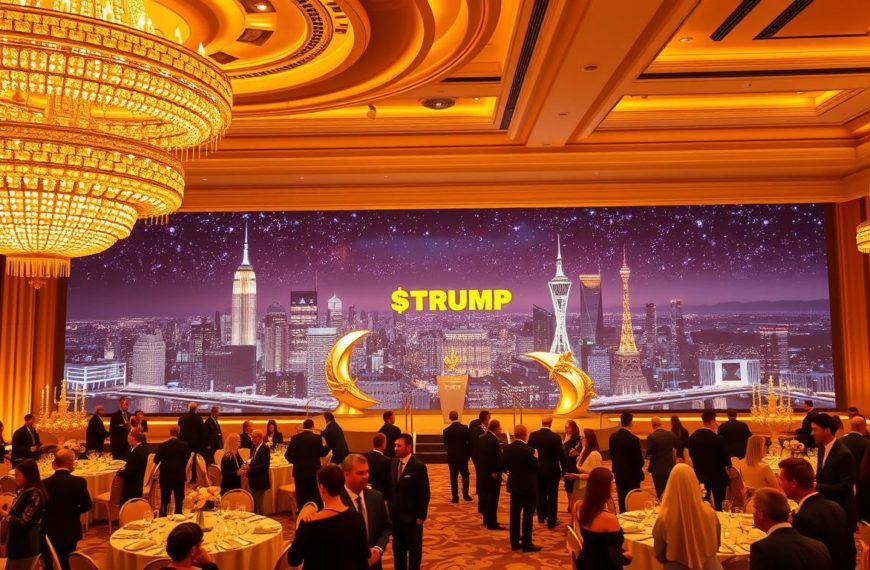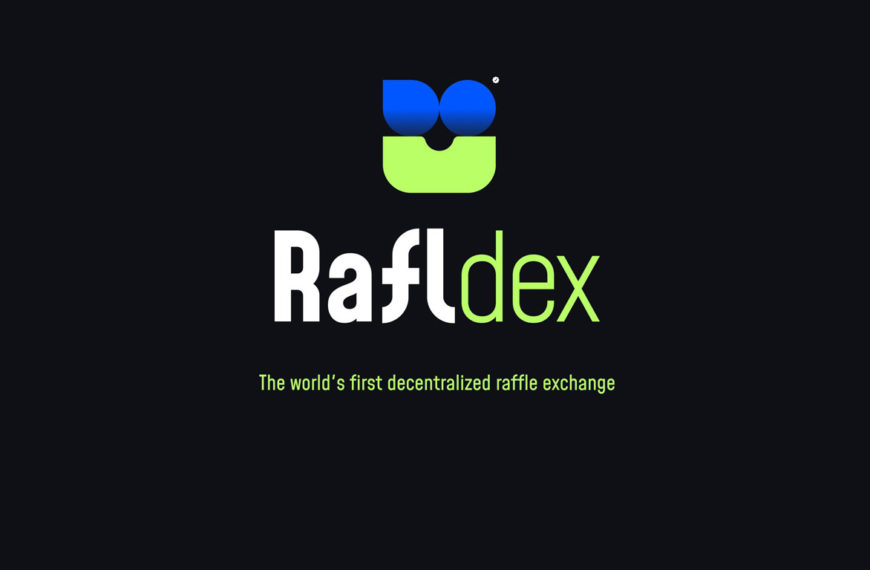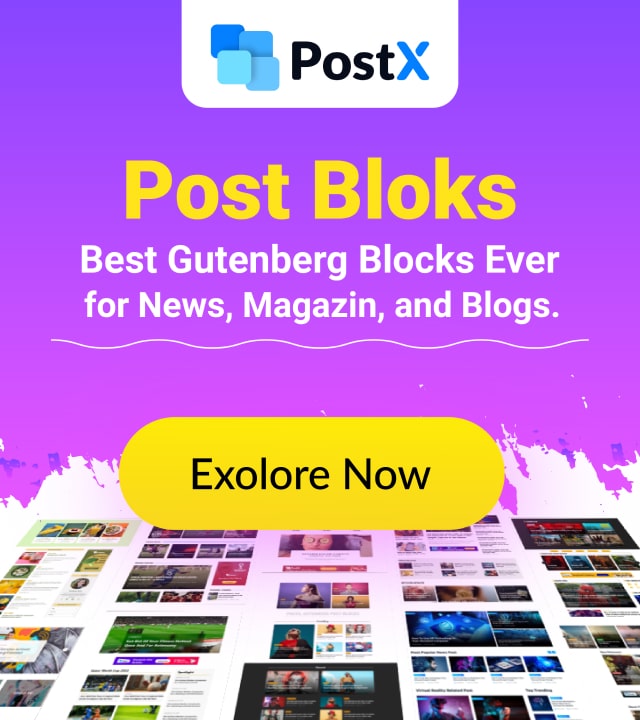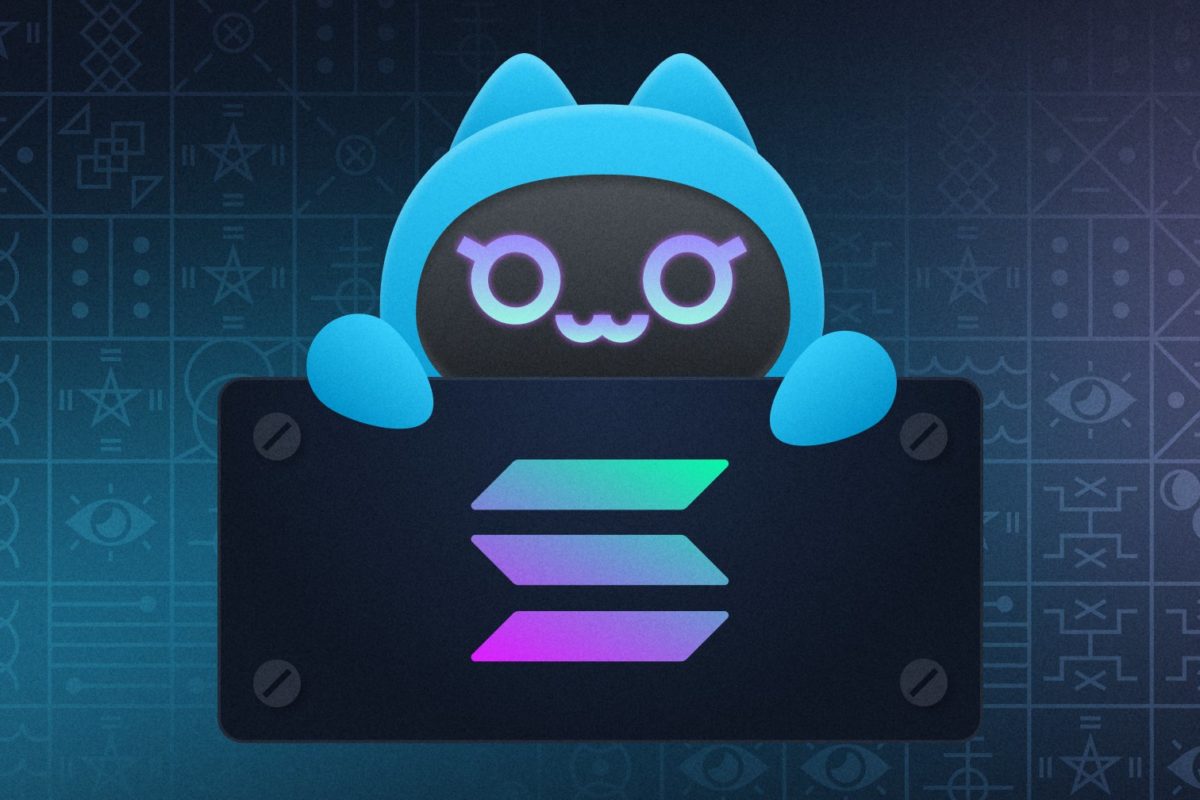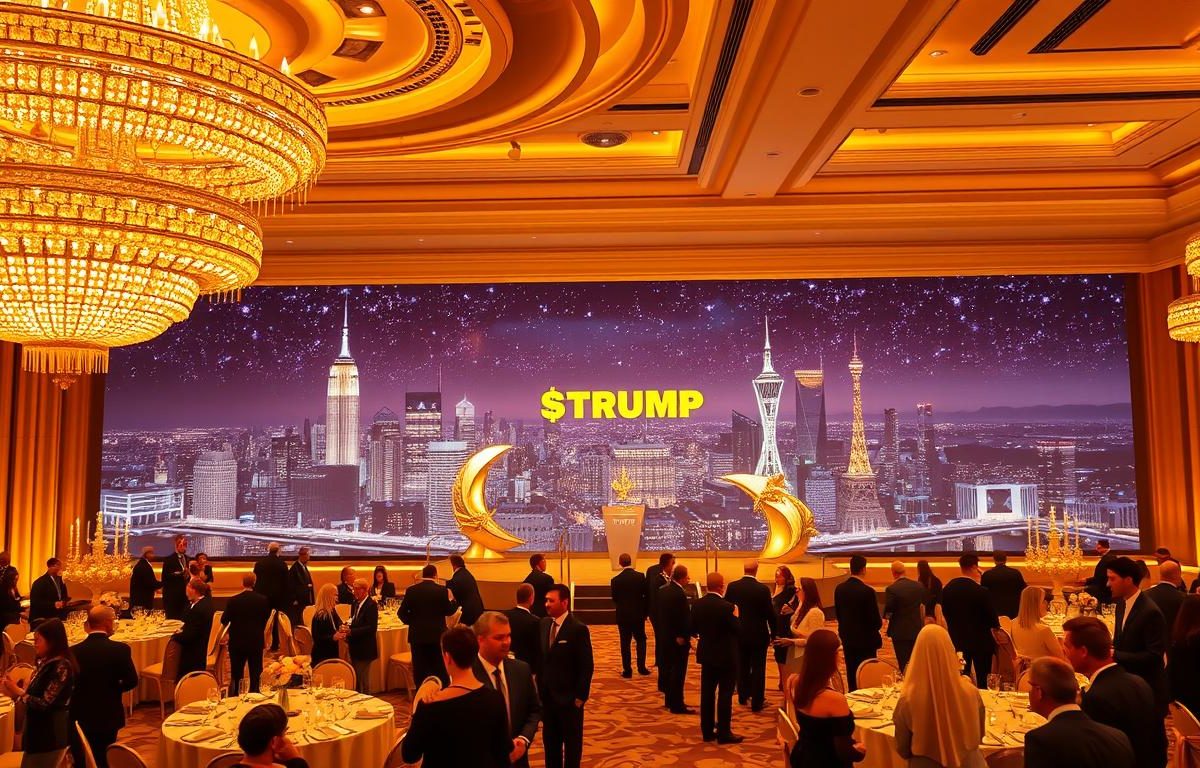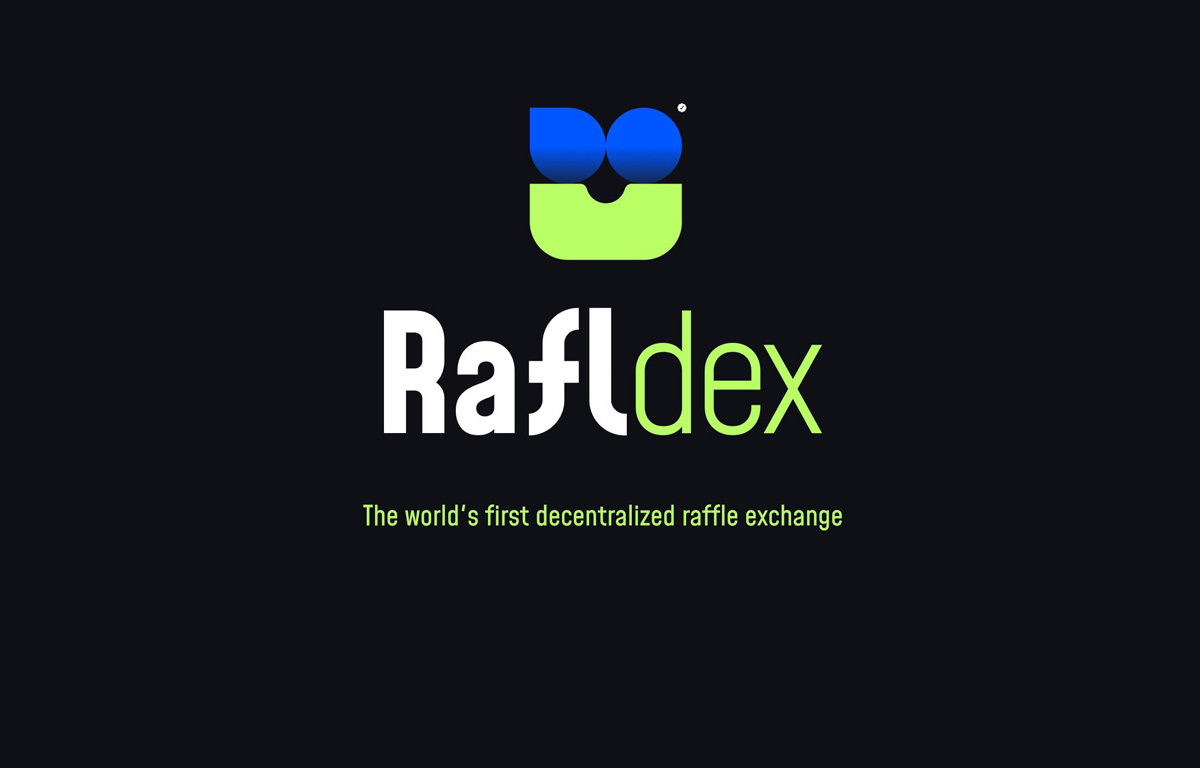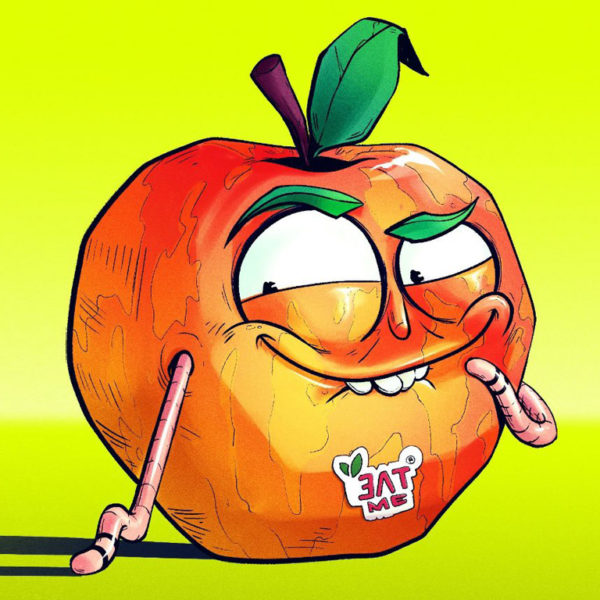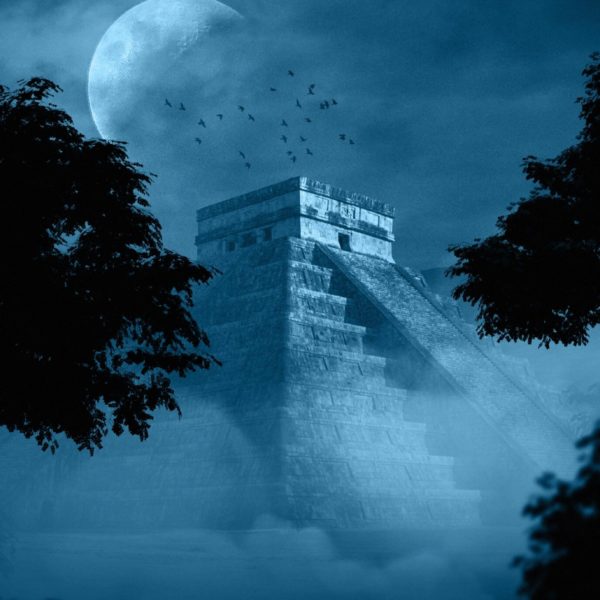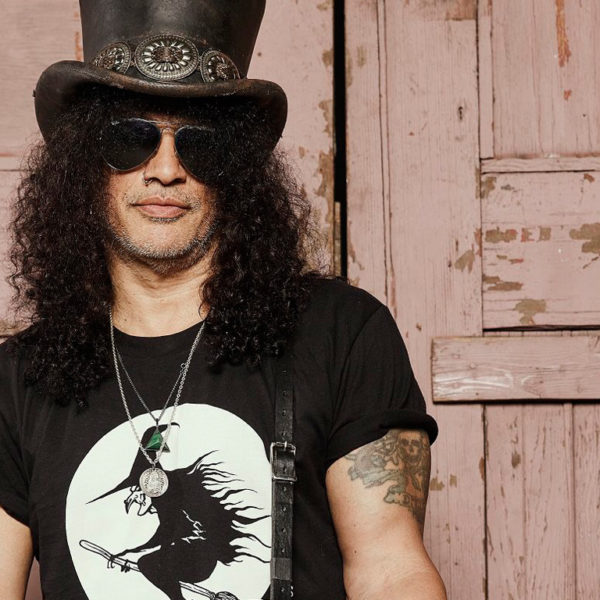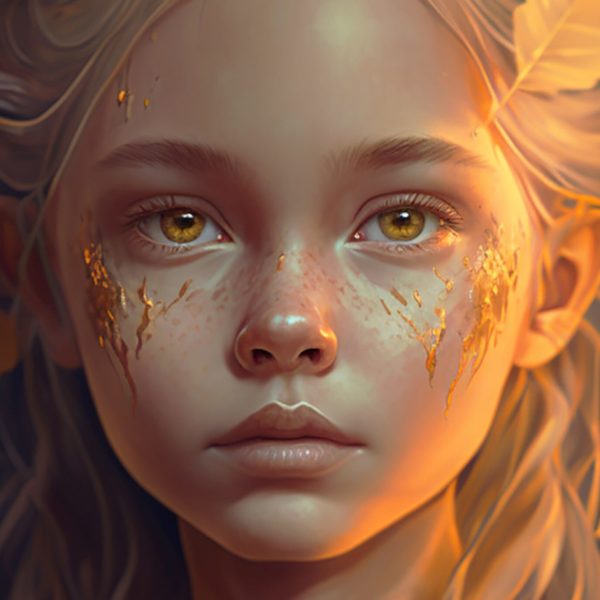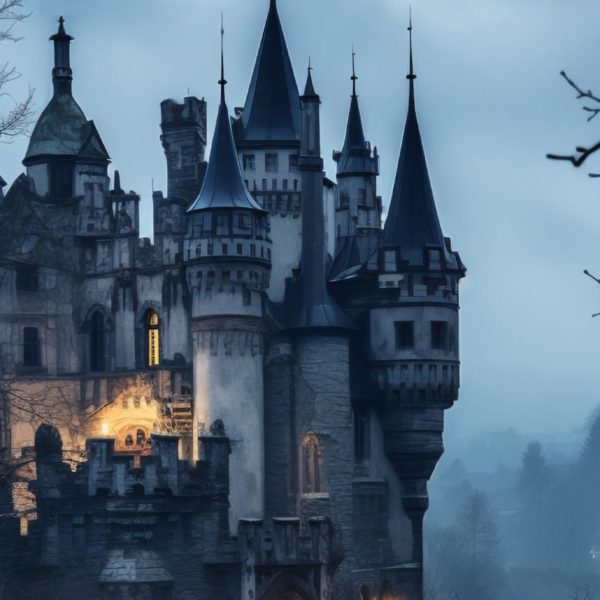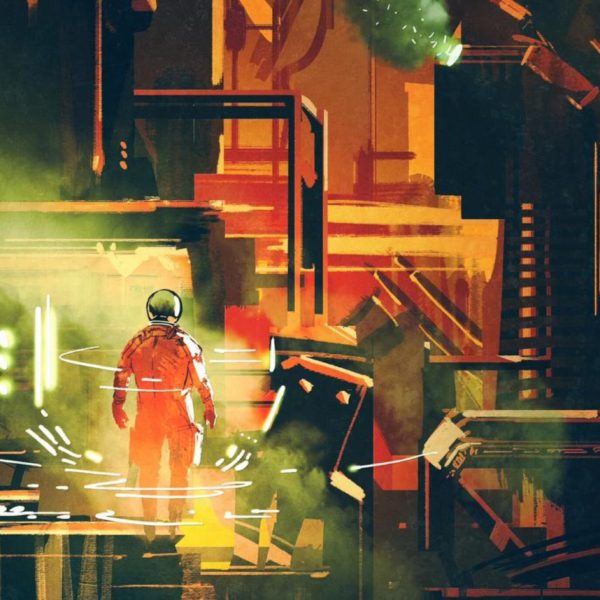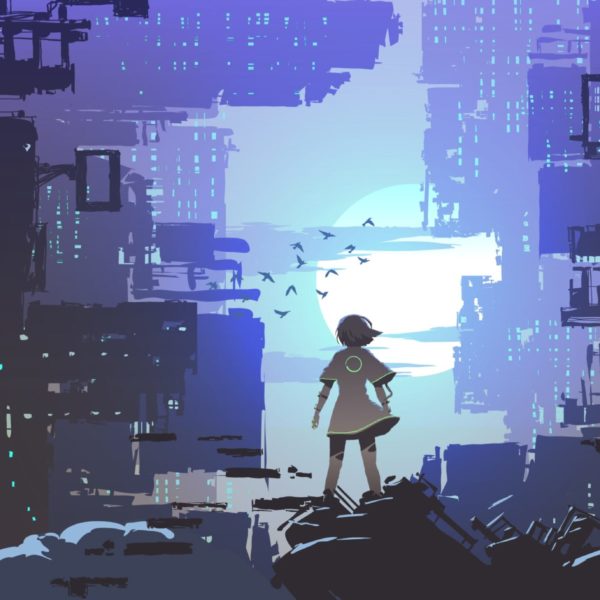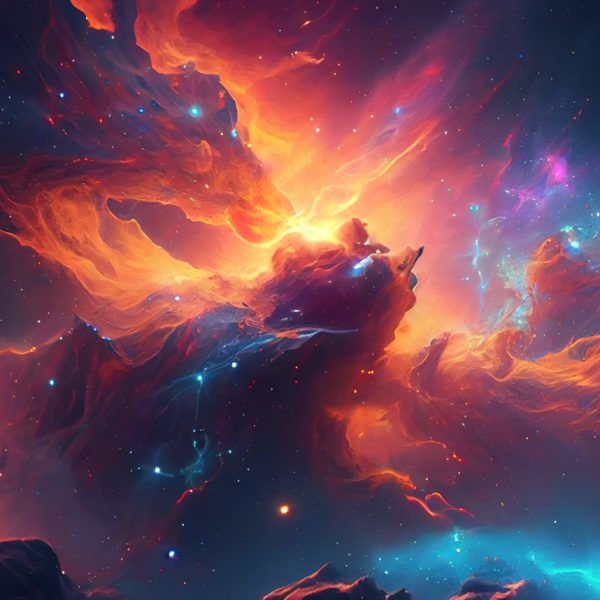NFTs are changing how we see digital ownership. They use blockchain technology to prove that digital items like art and music are real and belong to someone. This is a big deal for creators.
Think about buying a digital painting and keeping it forever. NFTs let you do just that. They record who owns what on secure, unchangeable ledgers. This change is big for artists, gamers, and innovators everywhere.
Blockchain technology makes sure each NFT is one-of-a-kind. This opens up new markets and chances. Find out how these tools are reshaping creativity and why they’re important for the future of digital worlds.
The Evolution of Digital Trends in the Modern Era
In the last ten years, digital trends have changed how we make, share, and value content. Innovation has led to these changes, altering industries and how we act as consumers. From the early web to today’s blockchain systems, there have been key moments in this evolution.
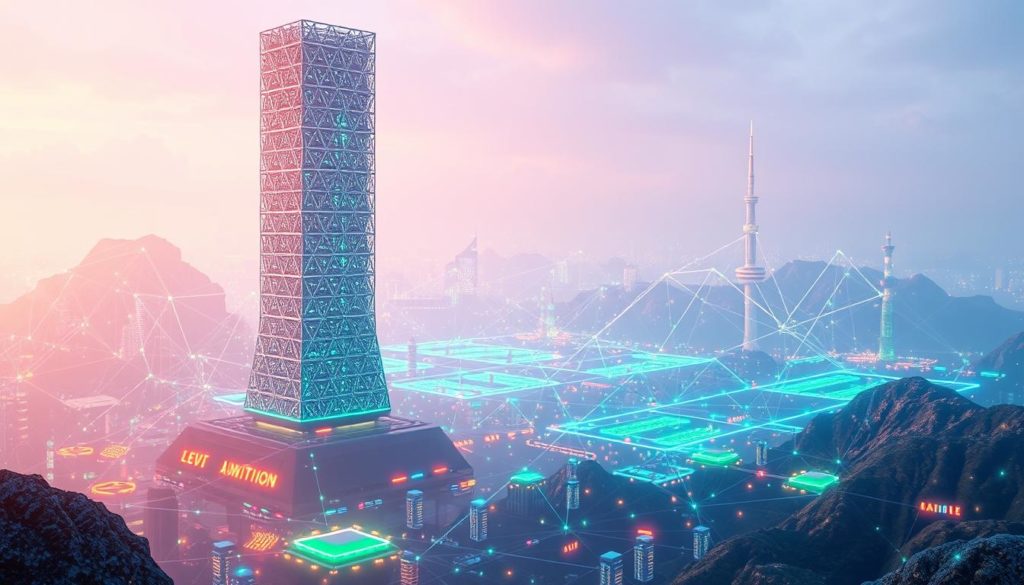
Historical Milestones in Digital Innovation
The rise of blockchain and NFTs was a major turning point. Platforms like OpenSea and Rarible introduced ways to prove digital ownership. They allowed artists to sell their work directly, using innovation like smart contracts to ensure authenticity.
Each step, from early file-sharing to encrypted ledgers, laid the groundwork for today’s digital world.
The Impact of Technology on Creative Industries
Artists now use digital trends to reach audiences without needing traditional middlemen. Tools like Foundation let creators make money from their ideas right away. Fans can buy digital art, music, or collectibles, knowing they own them securely thanks to blockchain.
This shift gives power to independent creators and changes how they make money.
Shifting Consumer Perspectives in a Digital World
Consumers used to see digital goods as copies. Now, they want verified assets. Blockchain proves that digital items are scarce, even in an endless online space.
This change shows trust in new systems. People now value secure, transparent transactions over old ways. This shift affects how we buy, collect, and value digital items today.
Exploring Digital Ownership and Creativity
Digital tools are changing how art and ideas are shared. Creative industries now face a big change in how ownership is seen. Platforms like Creative Commons and blockchain systems let creators own their work through smart contracts.
This change isn’t just about tech. It’s about giving future creators control over their work. It also helps people work together from all over the world.

Think of an artist in New York selling a digital painting and keeping rights with an NFT. Or a musician in Tokyo sharing tracks under open licenses. These ways let creators share their work while keeping some control.
Legal rules like the EU’s Digital Markets Act also help. They make sure creators get fair pay for their digital work. For creative industries, this means finding new ways to make money without stopping new ideas.
Future creators will do well by learning these new tools. With AI art and decentralized markets, the role of creators and audiences is changing. Sites like OpenSea or Rarible let artists create unique digital items, showing ownership in new ways.
This openness builds trust, making digital items valuable. But, making these systems easy to use is the big challenge. We need to make sure all creators, not just tech experts, can join this new creative world.
Innovative Strategies and Tools for Future Creators
New platforms are changing how creators handle digital assets and intellectual property. Places like Decentraland and The Sandbox let artists create, trade, and make money. They use blockchain to keep ownership safe, making creative ideas real assets.
Tools like smart contracts make working together easier. On sites like Rarible or OpenSea, artists can set rules for sharing profits or rights. Podcasts like the UX Podcast show how creators can keep control while working with teams worldwide.
Keeping intellectual property safe is still important. The UX Podcast talks about the need for clear agreements with AI or crowdsourced ideas. New tools help track use and avoid fights. To deal with too much competition, creators focus on specific markets and listen to their community.
Now, creators use virtual markets to show their work and keep ownership. Studies from Decentraland’s art galleries show how mixing tech with art boosts visibility and earnings. By learning these strategies, artists can succeed in the ever-changing digital world.
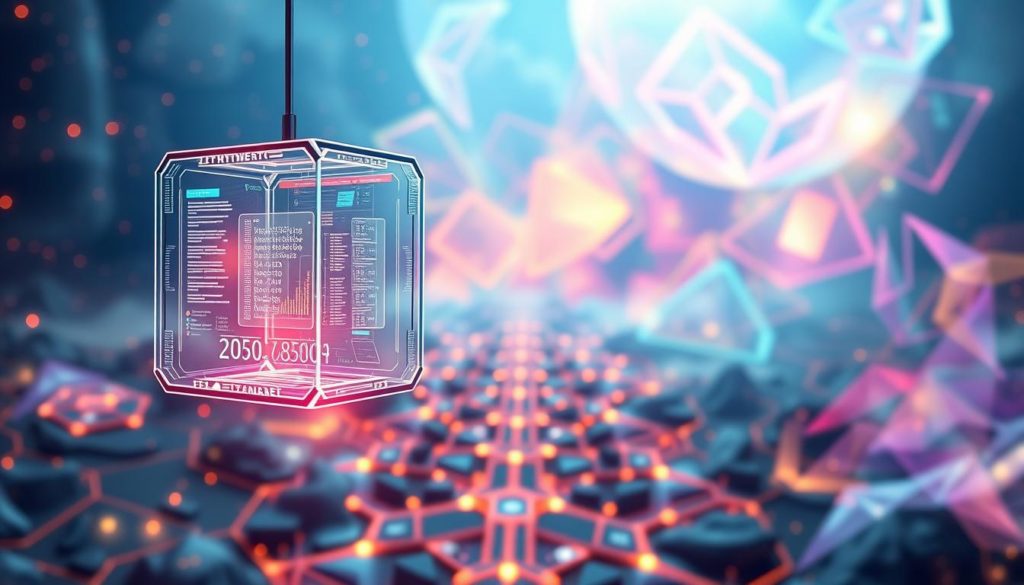
Conclusion
Technology has made digital art a global collaboration hub. It changes how creators connect and innovate. Blockchain and NFTs help artists keep control, while platforms help them reach more people.
This mix of ownership and shared vision is sparking a new creative era. Today’s tools make it easy for artists to work together. They turn ideas into lasting digital legacies.
NFTs and decentralized networks help artists make money and protect their work. This creates a space where creativity and community grow together. The future is bright, combining tech with human creativity.
Today’s artists have the power to change what art is. By working together and valuing digital ownership, they join a movement. This movement values both personal expression and the impact of working together.
The next chapter of digital art is waiting for those who are ready to innovate and connect. It’s a chance to shape what’s next.

